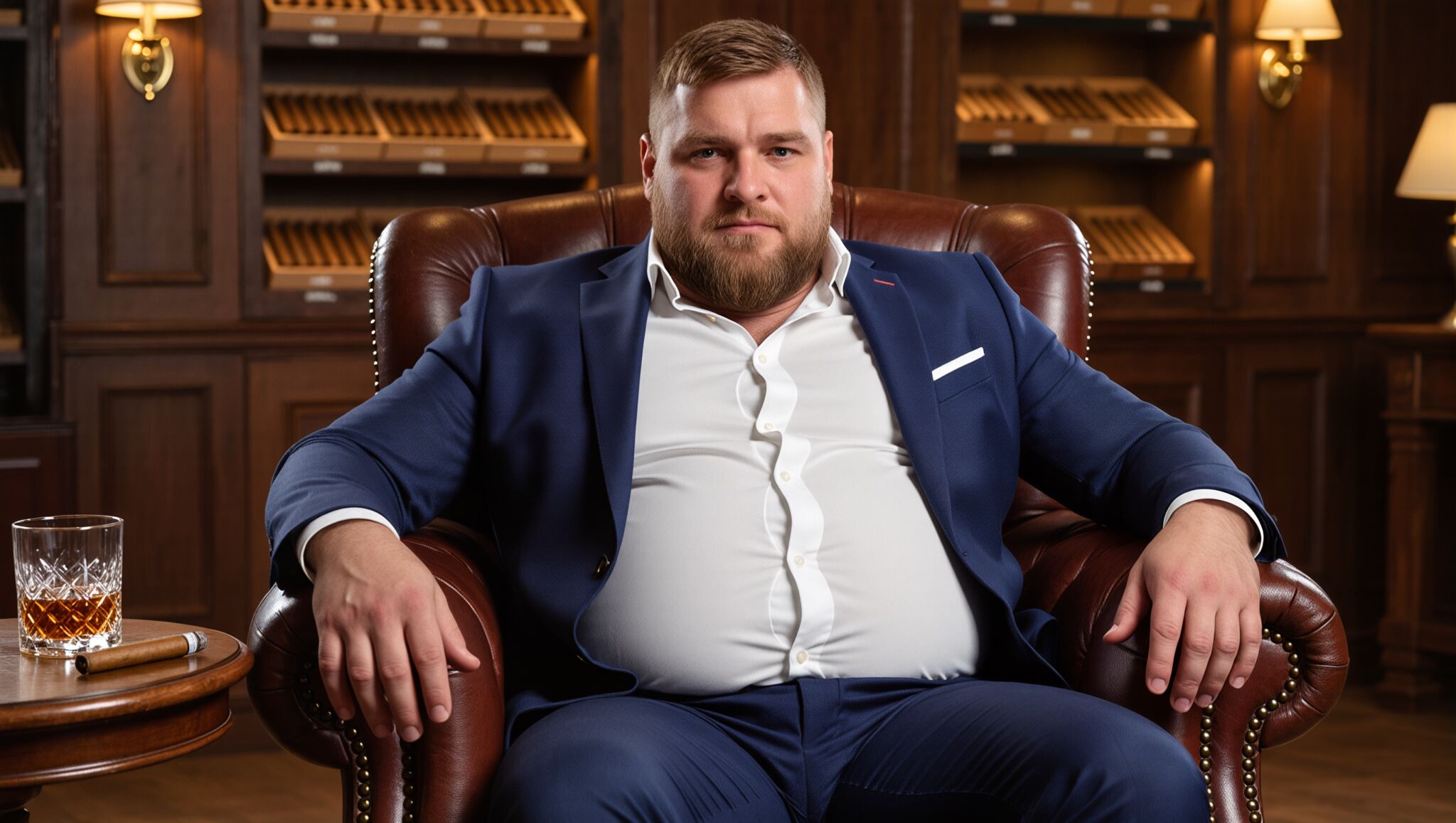The Middle-Aged Belly, the Pills, and the Needle: A No-BS Take on Weight Loss
Look, no one wants to be the guy who taps out tying his shoes. Or the guy with a dad bod so dominant it enters the room five seconds before he does. But here we are—middle age. Slower metabolism. Busy schedule. A body shaped like a lowercase “b.” And somehow, every salad feels like a punishment, and every treadmill session feels like penance.
So let’s get real. We all know the gold standard: Eat clean, move often, sleep well, hydrate, avoidstress, meditate, and ascend into Nirvana. It’s simple—on paper. But if discipline alone worked, we’d all be shredded Buddhas sipping six packs of green tea instead of Bud Light.
Option 1: Stay Obese
Let’s call it what it is. You’ve tried. You’ve plateaued. You’ve yo-yoed. And now you’re 47,tired, and your blood pressure flirts with Donald Trump IQ levels every time you go upstairs. Staying obese is not benign. Here’s the honest truth:
- Cardiovascular risk goes up like your cholesterol at a cookout.
- Type 2 diabetes becomes a waiting game.
- Sleep apnea? Nothing sexier than removing your CPAP mask before trying a little alarm and charm.
- Joint pain, reflux, low testosterone, ED, depression, and early death—not the fun kind of bingo card.
Real talk: the risk of staying where you are—right now—is high. Every year that goes by without a serious pivot is like signing up for Russian roulette with fewer and fewer chambers empty.
Option 2: GLP-1s (Ozempic, Wegovy, Mounjaro)
These sexy little peptides are the Kardashians of weight loss meds—everyone’s talking about them. They:
- Make you feel fuller, longer
- Blunt cravings like a nun at a frat party
- Slow gastric emptying
- Reduce insulin resistance
The downsides?
- Nausea, constipation, maybe a touch of soul-searching in the bathroom
- Possible muscle loss if you’re not lifting something heavier than a remote
- Cost, unless your insurance is feeling generous
- Long-term data still evolving, but so far, pretty solid
- Risk of pancreatitis or gallbladder issues (rare, but real)
But guess what? People lose real weight on these. Like 15–25% of their body weight. That’s not nothing. That’s “I might fit in my wedding tux” territory.
Option 3: Stimulants (Phentermine, etc.)
Old school. Fast-acting. Cheap. Appetite suppression so strong you’ll forget what cookies taste like.
The upsides:
- Energy boost (hello gym motivation)
- Appetite goes on vacation
- Often affordable
The risks:
- Insomnia, anxiety, dry mouth, mild blood pressure elevation
- Possible abuse if not monitored
- Often a short-term fix—think jumpstart, not full transformation
Used responsibly, phentermine can be the kick in the ass your metabolism has been begging for. Combine it with walking, protein, and better choices, and you might actually build momentum that sticks.
So what’s the play?
Here’s the uncomfortable question: What is the actual likelihood that you’re going to become the ultra-disciplined diet-and-workout monk—now, today, within a timeframe that saves your life?
If you’re honest, and the answer is “not great,” then why are we demonizing the tools that can help you get there? These meds aren’t magic. You still have to show up. But they can make showing up suck less. You drop 10–20 lbs, your joints feel better, your energy ticks up, and suddenly you want to hit the gym. That’s not cheating. That’s strategy.
Final Thoughts from a Real Doc:
I’m not here to sell you meds. I’m here to sell you life. If you’re middle-aged, obese, and spiraling toward a chronic disease buffet, the time to act was yesterday. The second-best time?
Right now.
Whether it’s a needle or a pill—or yes, finally committing to a trainer and a prep plan—the goal is to break the inertia. Health begets more health. Momentum matters.So stop guilt-tripping yourself for needing help. You’d take a Covid shot to prevent Covid….You’d take insulin for diabetes. This is no different. The meds are tools, not crutches.
Now get off your ass, talk to your doctor, and pick a damn path.
Jesse Jenkins, MD

